There splitting of citrus fruits (or cracking) is a very common problem in citrus groves, but not only. L’opening of the peel of the fruits it is, in fact, a classic problem for plants such as oranges, lemons, mandarins, etc., but sometimes it also affects other trees. In any case, whatever the affected tree is, we are not faced with a disease due to pathogens or pest attacks. This problem, in fact, is to be understood more as a physiological disorder, in other words it is a physiopathy. The causes that determine it are different and linked to the soil and climatic conditions of cultivation. Generally, they concern the frequency of rainfall, artificial irrigation, the type of soil and the lack of nutritional elements.
In this article we will see why citrus fruits split and what are the countermeasures to be adopted to safeguard future productions.
What split citrus fruits look like
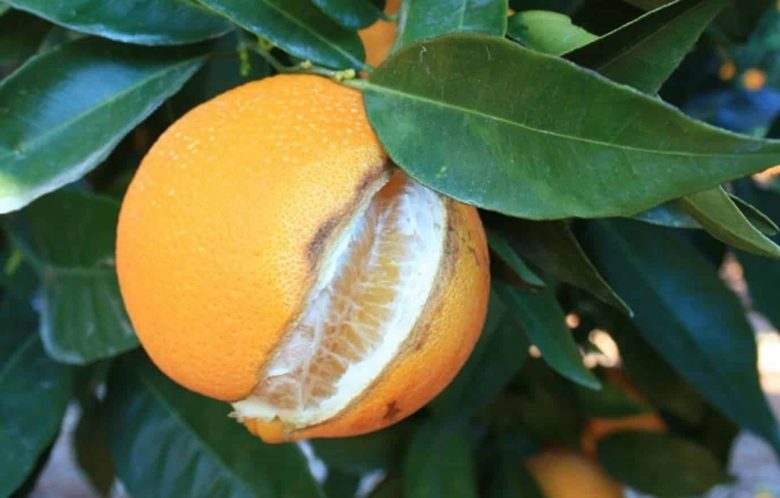
The crack in citrus fruits appears as a more or less marked laceration of the peel (epicarp or flavedo). This tear can also extend inside the fruit (hesperidium), affecting the white part of the peel (mesocarp or albedo) and the wedges (endocarp). The crack usually originates in the apical part of the fruit, in correspondence with the stylar scar. This citrus pathophysiology is more common in variety of oranges with umbilicated blond fruit, such as Washington Navel and the like, but also in thin-skinned oranges such as Taracco. It is also frequent in mandarins, in clementinesin the thin-skinned lemonsIn the pink grapefruit It is in the finger lime.
In what period does the fruit open?
The split occurs on the fruits during the ripening period, which in citrus fruits, specifically, is very long. In fact, cracking can occur as early as August, when the fruits are still green, but also in full autumn, with advanced ripening and close to harvest. If the cleavage is premature, there is an advance of veraison (change of color of the skin) and a potential fall of the fruit to the ground (early drop).
Consequences of the split
It is clear that the cracking problem is all the more serious the greater the size of the citrus grove and the percentage of fruit affected. In a cultivation destined for the market, there is in practice the loss of the product, which is no longer salable. In a family orchard, on the other hand, there is a loss of quality, due to the fact that the fruits must be harvested earlier than expected, not fully ripe. Furthermore, the risk of internal rot is high.
Causes of fruit splitting
We now come to the causes of the citrus split. At the botanical level, the split occurs due to a different growth rate between the cloves and the peel, which should go hand in hand. If the peel, while the cloves swell, stops growing due to stress, it begins to tear under the pressure it receives from the inside of the fruit. The first cause of this anomaly are water changes. In particular, a long period of drought, followed by a large availability of water, can create this overhang, a bit like it happens in split pomegranate. This phenomenon occurs in dry summers but with sudden and violent rains. On asphyxiated soils, where the water cannot reach deep, the problem is even more pronounced.
Even the nutritional deficiencies they can contribute to causing the splitting of the fruits, especially those of calcium and potassium.
Remedies to prevent cracking
To avoid the split of citrus fruits we must intervene in a preventive way, limiting the imbalances that cause it. In particular, it can intervene on correct irrigationensuring a constant water supply in summer, thus preventing sudden rains from causing abnormal growths.
Another prevention technique is that of thinning fruit, a practice that favors the thickening of the peel.
As for nutritional deficiencies, the solution is organic fertilization. In citrus fruits, an annual fertilization based on mature manure, to be done in late winter. This provides good amounts of potassium.
For the lack of calcium, however, the suggestion is to use the lithotamnium (found here)algae powder allowed in organic farming, also used for solve the problem of apical rot of tomatoes and for the correction of soils with acid pH. Lithotamnium contains 8% calcium carbonate and can be amended to the soil in spring-summer.

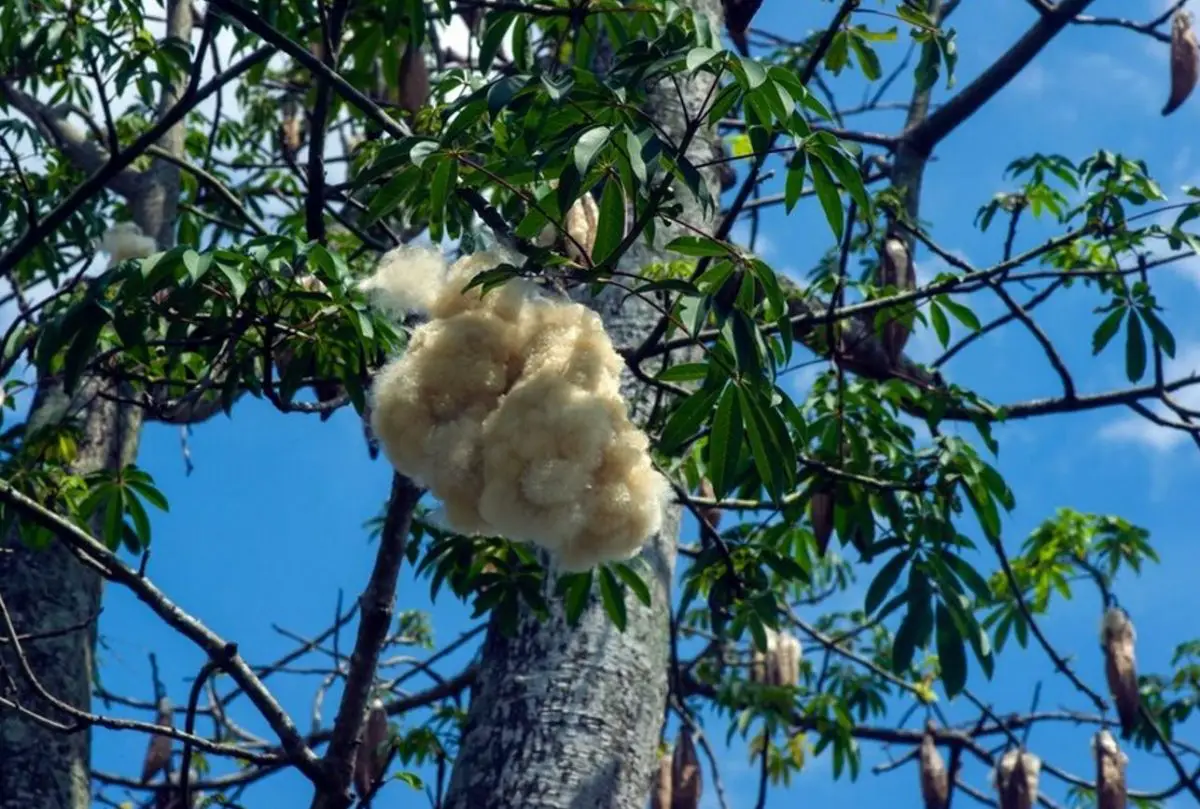
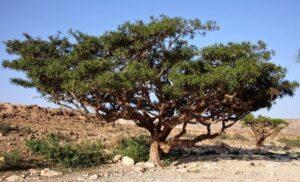
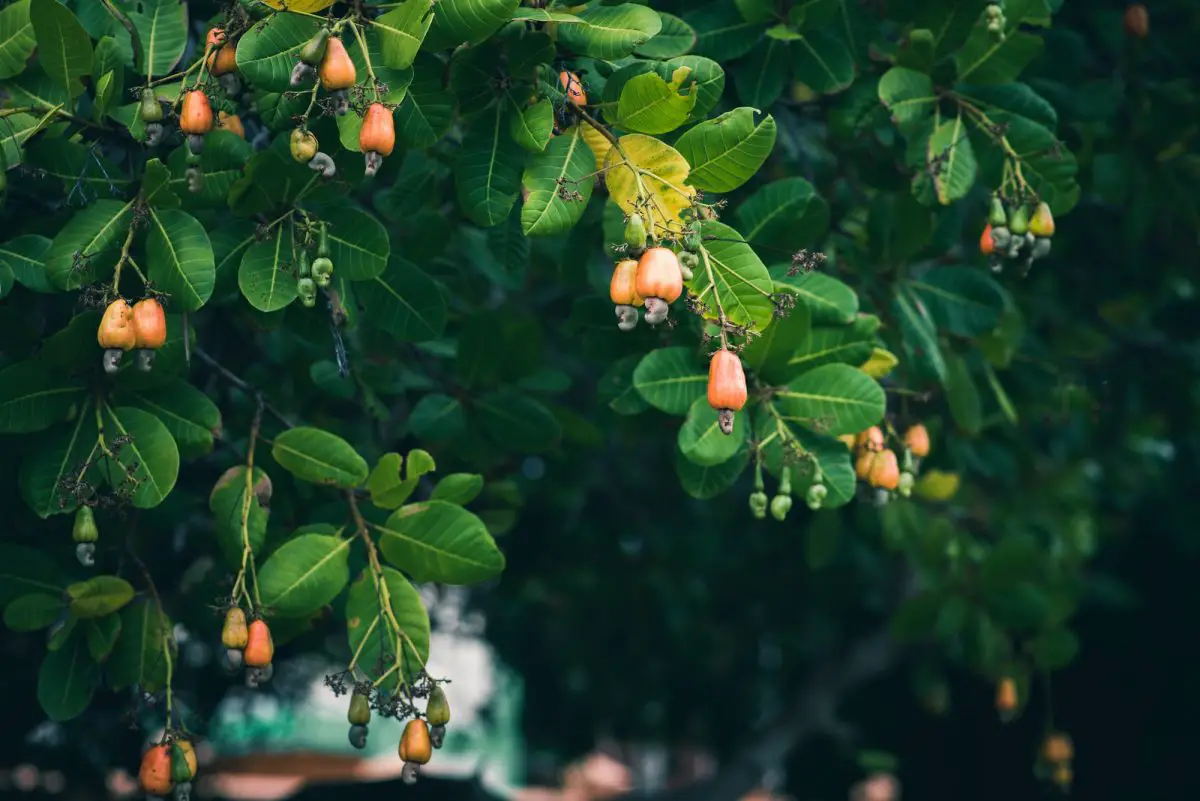


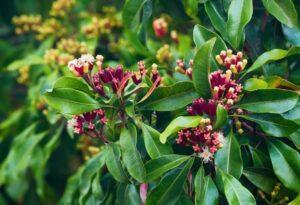
Start a new Thread